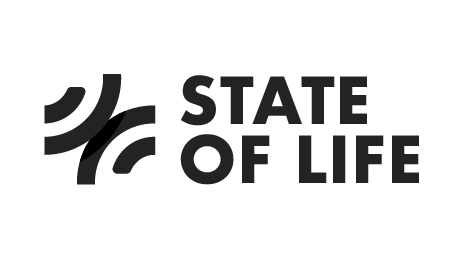Ofcom and children's wellbeing - feasibility study
The World Wild Web: Measuring young people’s Wellbeing in the Digital World
As parents, we've felt that jolt of anxiety when our child goes down another online rabbit hole. The internet can be an incredible resource - for learning, connection, entertainment. But it can also expose us to very real risks and harms.
The new UK Government's Online Safety Act (OSA) aims to tackle this by holding a wide range of online services, including social media companies and search services, accountable for user safety. As the Online Safety regulator, Ofcom will give guidance and set out codes of practice on how in-scope companies can comply with their duties. But also how can we evaluate if these new policies are effective? Could wellbeing metrics be used to evaluate the impact of the Online Safety regime, particularly on children?
That's the question Ofcom posed to State of Life and our partners at the London School of Economics, Sara MacLennan and Dr Chris Krekel. Ofcom wanted State of Life to consider whether wellbeing measures were suitable for assessing the impact of online harms; which specific metrics and what sort of survey questions are likely to work best when considering the impact on young people; and how might one control for other factors which might impact on wellbeing.
The full documentation can be found on Ofcom’s website.
Wellbeing and online safety
Wellbeing is about how people experience their lives - their balance of positive and negative emotions, sense of satisfaction and worth. For children and young people, asking how they feel about their daily experiences is crucial, rather than imposing adult assumptions about what matters to them.
Consider risks like cyberbullying or exposure to disturbing content. For some, the impacts could manifest as clinical depression, anxiety disorders, or physical harm. For others, there can be insidious effects from diminished self-esteem, disrupted social bonds, or being deprived of joy in their online lives. Wellbeing measures are uniquely positioned to detect these impacts.
Our recommendation to Ofcom was to combine clinical health outcomes with wellbeing scales - they're complementary lenses offering a rounded picture of the impacts on users.
Wellbeing as an early warning system
A further recommendation was to treat wellbeing measures not just as an outcome of online harms, but also as a risk factor. Low wellbeing could help identify children that are especially vulnerable to online dangers, or likely to suffer more severe consequences when exposed.
Wellbeing as an early warning system
The evidence
We reviewed the research on online safety and wellbeing, finding it mostly relates to adults, with scant causal data on children.
Some effects may be acute but fade quickly, while others can become traumatic and linger over time, compounded by repeated exposure. Longitudinal studies using validated wellbeing scales could help us understand these complex dynamics that the research is only beginning to uncover.
Measuring what matters
We recommended a range of wellbeing measures suitable for assessing the OSA's impacts on children and young people. The ONS4 life satisfaction scale stands out for its brevity and predictive power. The SDQ and WEMWBS scales could unpack different wellbeing aspects in more depth.
Some wellbeing questions directly link to online experiences, like the EU Kids Online survey that asks: "Thinking of the last time (1) someone treated you in a hurtful or nasty way online, and (2) you have seen sexual images, how did you feel?" with response options ranging from "not upset" to "very upset".
Research methods
We considered various evaluative methods recommended in the Government's Magenta Book. Ofcom recognises that no single approach is sufficient for a complex evaluation like this. We advised using wellbeing measures across tracker surveys, qualitative studies, and where possible, rigorous experimental methods to establish causality.
Wellbeing evaluation at the digital frontier
The internet is woven into modern childhood. Measuring how children and young people experience their lives could play a vital role in understanding what works to make them safer online.
If you would like to learn more about this area or the advantages of wellbeing analysis, drop us a line: hello@stateoflife.org



